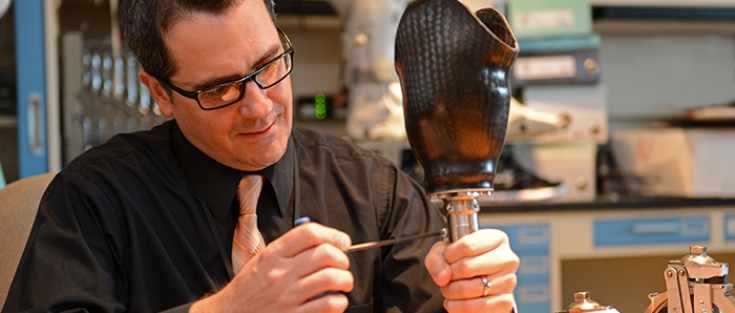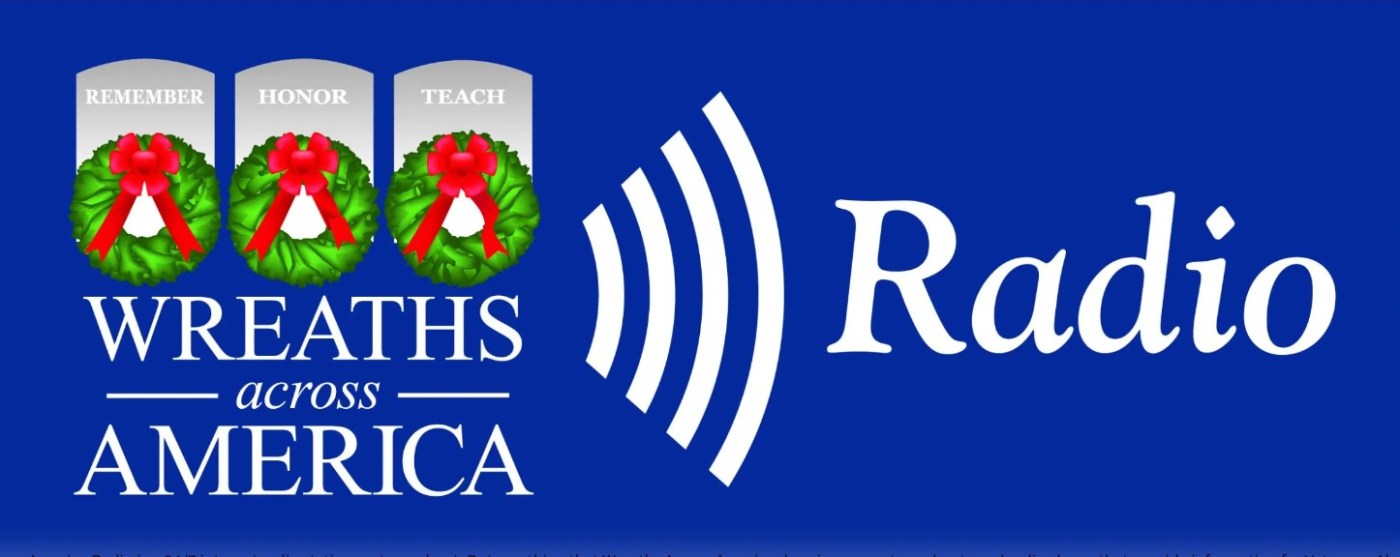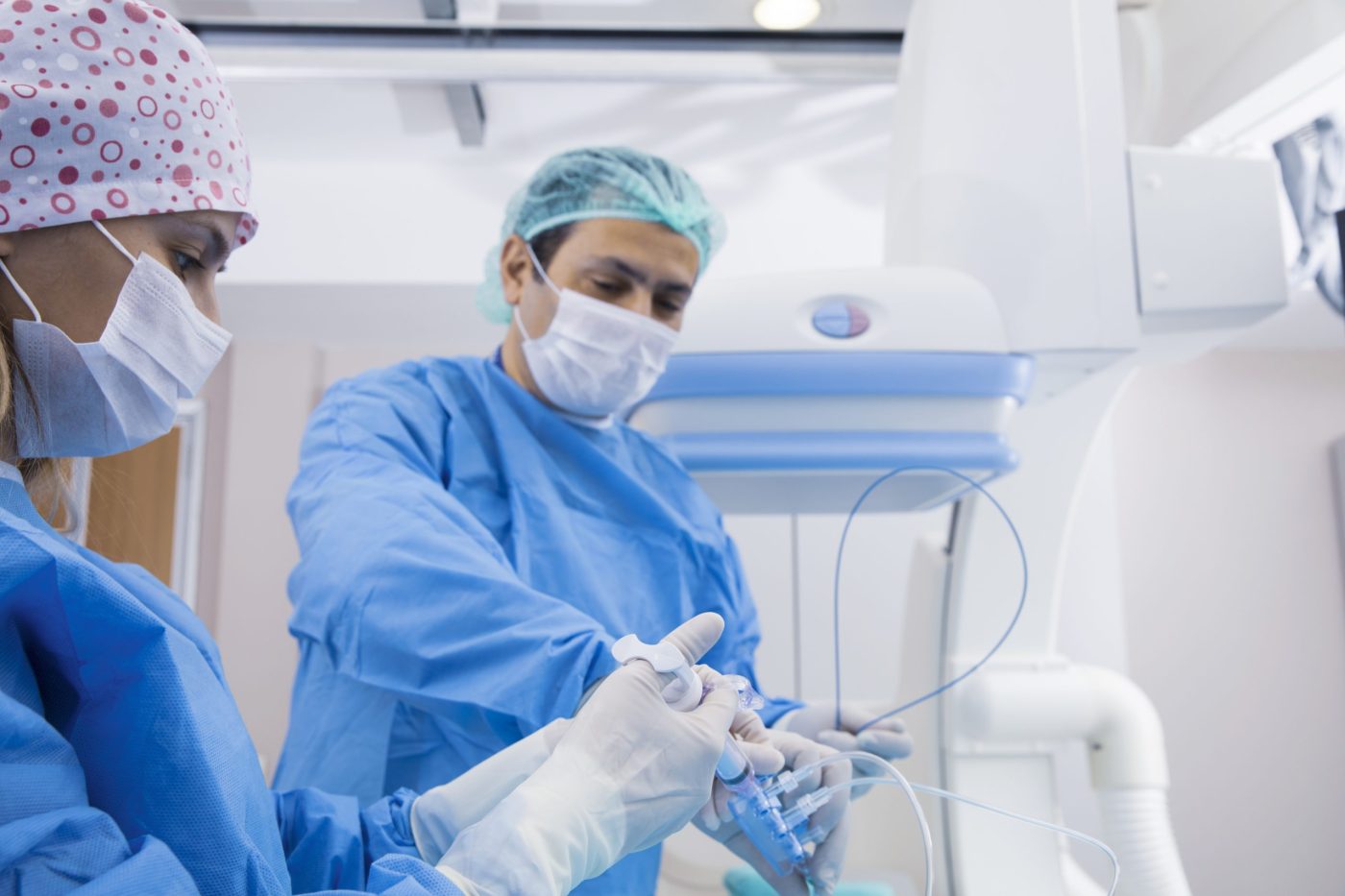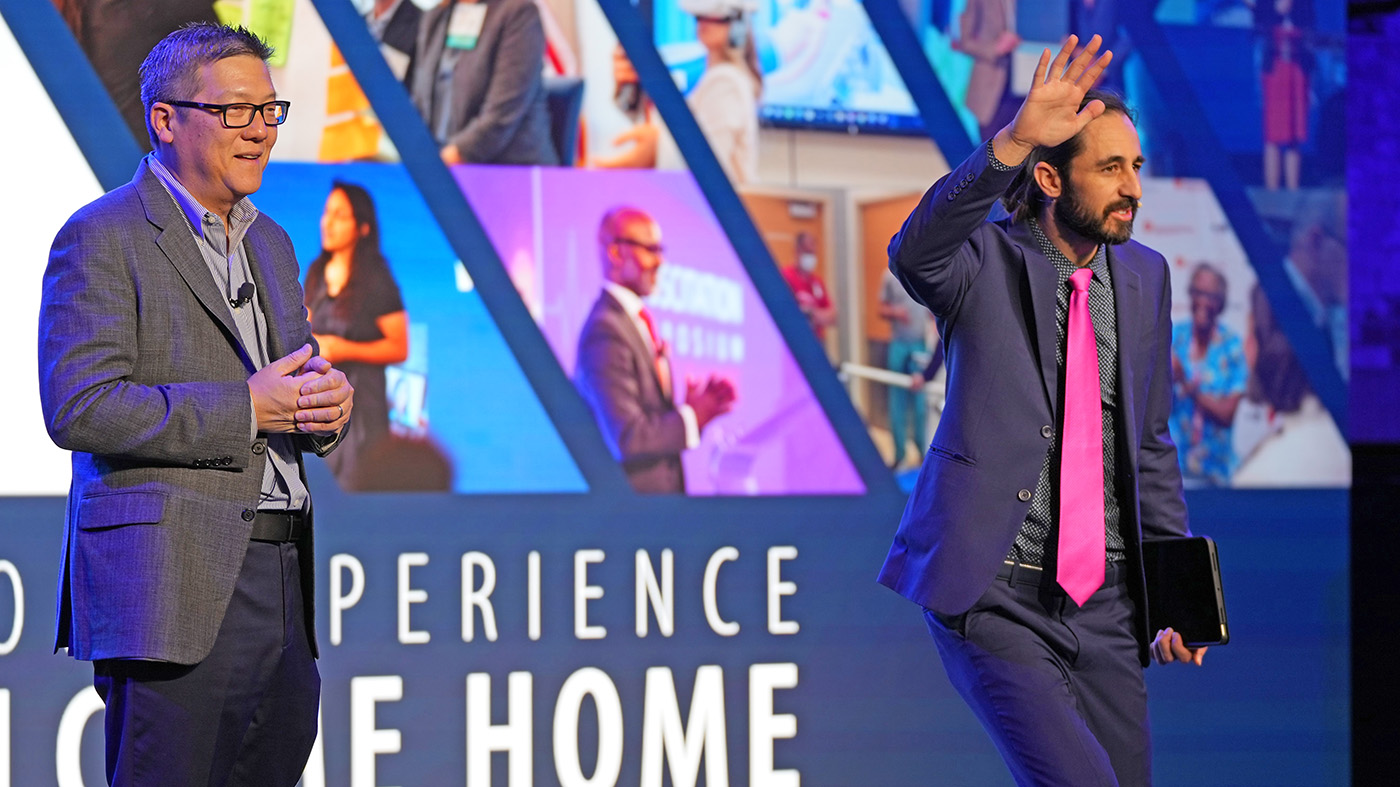Reuters has named VA as a top innovator among the world’s government bodies.
VA placed 17th in Reuters’ list of the “Top 25 Global Innovators – Government,” published by the news agency in March 2017. The list “identifies and ranks the publicly funded institutions doing the most to advance science and technology.” The list includes government bodies from the United States and 10 other countries.
Only one other U.S. institution was ahead of VA on the list—Health and Human Services, which placed first overall. HHS includes the National Institutes of Health.
Other U.S. agencies making the cut were the Navy (#22) and two of the Department of Energy’s National Labs, Los Alamos (#24) and Lawrence Livermore (#25).
The full 2017 report, produced by Reuters in collaboration with Clarivate Analytics, is available online by clicking on this link.
The news agency bases the honor on a complex formula that takes into account factors such as successful patents, articles in academic journals that are cited in patent applications, and journal articles involving collaborations with industry.
“While they might not get the headlines that Silicon Valley startups do, government agencies have long been on the forefront of innovation,” according to Reuters. “They conduct the long-term and expensive R&D that private companies find hard to justify to shareholders. The results of government-funded research are part of everyday life.”
Technology Transfer Program helps move inventions forward
In the case of VA, inventions such as the CT scan, cardiac pacemaker and nicotine patch owe at least part of their development to VA research support and ingenuity.
And VA’s high success rate with new technologies, in turn, can be traced, at least in recent years, to the agency’s Technology Transfer Program (TTP), part of the VA Office of Research and Development.
TTP helps bring VA inventions to market to benefit Veterans and the American public. It provides expertise relating to the patent process and other legal aspects of intellectual property. TTP works out formal agreements that allow VA to do research with non-federal collaborators. And it finds commercial partners to license and develop new technology that eventually finds its way into clinics in VA and other health systems.
Case in point: In December 2016, the U.S. Patent and Trade Office issued a patent to VA and an academic partner, Stanford University, for a chemical agent called ethanone that boosts the ability of T cells in the immune system to repair DNA and ease inflammation. The compound could eventually be part of treatments for rheumatoid arthritis, which affects some 1.5 million Americans.
Eight new patents so far in 2017
A long list of patents on the TTP website, dating back to 2002, shows eight new ones just since the start of 2017. One, for example, involves a new way to zero in on specific brain regions and target them for treatment. Another involves new methods to evaluate drug interactions. Yet another describes an ankle-foot prosthesis that enables users to walk more easily on sloped surfaces.
TTP is working to help these inventions, like previous ones by VA researchers, become part of routine care for Veterans and others.
Innovation is part of how VA does business nowadays. Nowhere is that more evident than in VA research. Thanks, Reuters, for recognizing the brilliance and hard work of VA researchers, and the dedicated experts, such as those in TTP, who support their efforts.
To learn more about VA research, visit www.research.va.gov.
Topics in this story
More Stories
In a new series that highlights advancements in VA health care, VA researchers and clinicians are appearing on a Veteran-themed media platform—Wreaths Across America Radio—to tout their critical work.
Recently published findings from the VA Disrupted Care National Project [...]
The 2023 Innovation Experience showcases the best of VA innovation and the impact of VA employees advancing Veteran care.






